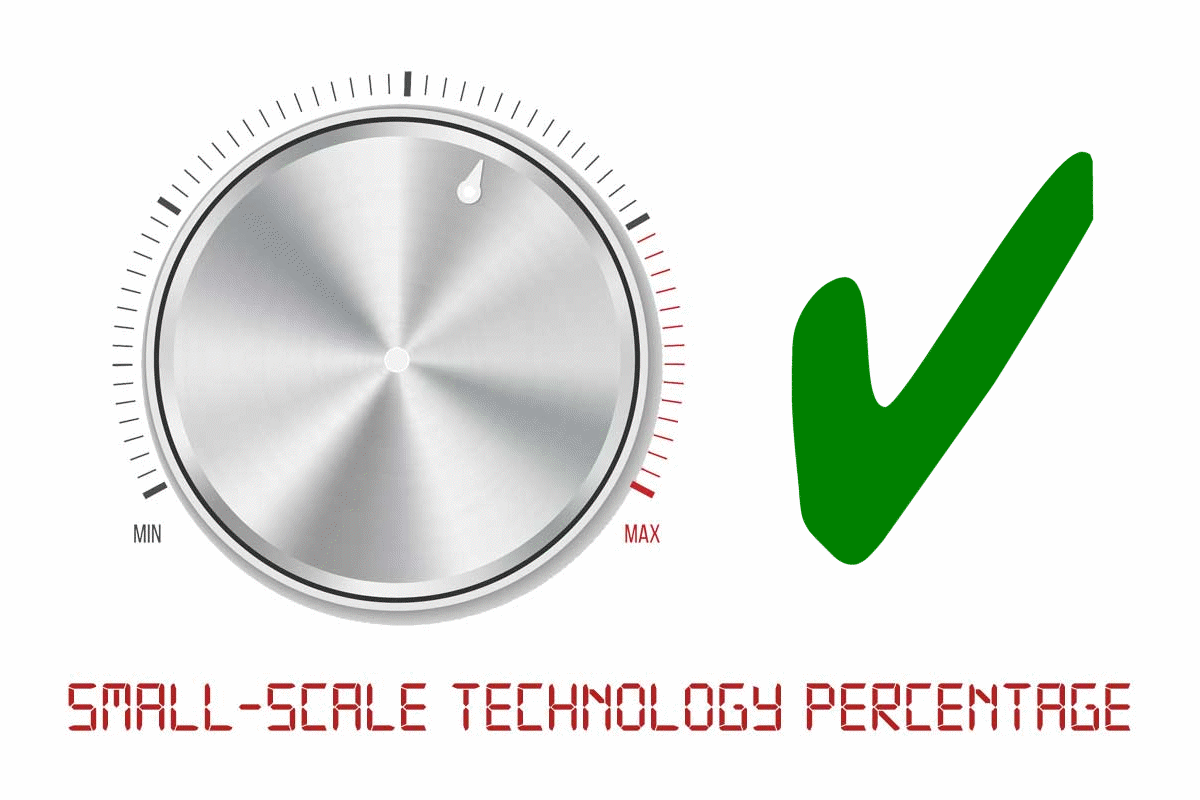Tony Abbott and Craig Kelly may be gearing up for more bluster after news knob-fiddling that relates to Australia’s solar subsidy has gone the right way.
Energy Minister Josh Frydenberg appeared to have been under pressure from Mr. Kelly and Mr. Abbott in relation to how the Small-scale Technology Percentage would be set for 2018, and this could have negatively impacted on the amount of subsidy available for solar power systems.
With only hours left to go yesterday before a decision needed to be made given the Easter break, all was revealed.
The Clean Energy Regulator announced the 2018 small-scale technology percentage (STP) has been set at 17.08 per cent – in 2017, it was 7.01 per cent. This means liable entities such as electricity retailers will collectively be required to surrender approximately 29.3 million small-scale technology certificates (STCs) to meet their Small-scale Renewable Energy Scheme (SRES) obligations for this year, compared to 12.5 million certificates for 2017.
If a company fails to meet their own obligations, they will be required to pay a significant shortfall charge that isn’t tax-deductible.
While Mr. Frydenberg could have dialed things back, the Regulator notes:
“It is open to the Minister to also consider other matters in determining the STP. In 2018 no other matters were considered.”
As mentioned yesterday, it could have been a very brave/silly move to turn the STP knob the other way and stir up millions of Australian solar supporters. The next Federal election is really not all that far off (the latest possible date is May 18, 2019) and the next NewsPoll Prime Minister Malcolm Turnbull is likely dreading is much, much closer.
How the STP works and is calculated can be viewed here.
What Does This Mean For The Solar Subsidy?
Australia’s major solar subsidy is based on STC’s, the value of which are usually traded for a point-of-sale discount on a solar power system. This also saves solar buyers the headache of trying to cash the STCs in themselves post-installation (certificates can only be created after installation has occurred). The number of certificates accompanying a system depend on its size and where in Australia it is installed.
STC prices fluctuate based on market conditions, such as supply and demand. If demand is high, this is conducive to supporting high values – but watch out for curve balls as markets (and governments) can be unpredictable beasts.
The latest published spot price from Green Energy Markets (March 26 – prior to the STP announcement) for an STC was $38.00. The maximum value possible is $40 and the minimum is $0, so while STCs could go up in value a bit, they do have the potential to drop by a far greater margin.
In July last year, prices dropped to around the $29 mark at one point due to consistent oversupply; reducing the subsidy available significantly and catching some installers off-guard.
While oversupply shouldn’t be such a threat this year, the potential for volatility in STC prices is something to keep in mind if you’re considering playing the STC-wait-and-see game.


 RSS - Posts
RSS - Posts



The politics is a bit tiresome really. I don’t think much of these chaps either but is it really so inseparable from solar energy that it has to be mentioned every other article?
I reckon it is, Chris, simply to counter the complete nonsense these fossil fools are pedalling. ?